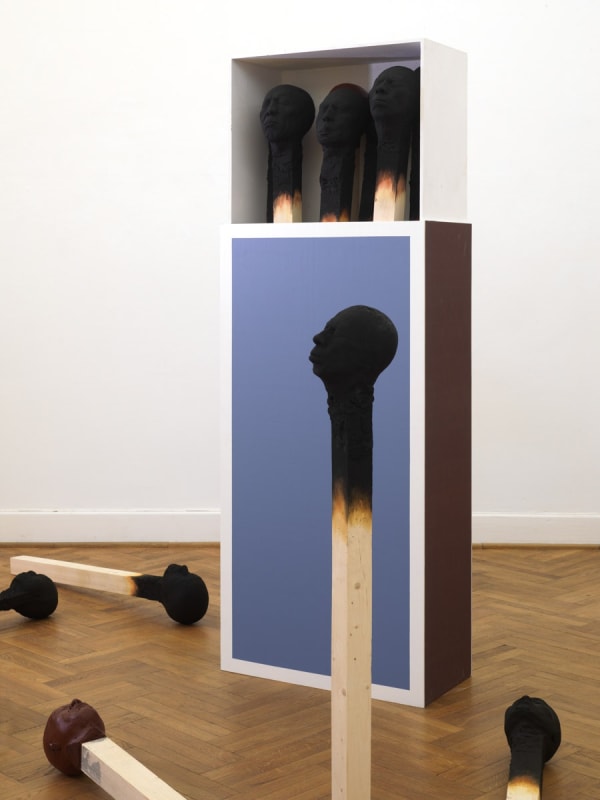Wolfgang Stiller has been an artist for nearly four decades, having experienced significant events such as the fall of the Berlin Wall and the rise of popular culture in New York. Although he initially studied Communication Design in Germany, he was more interested in painting and installation work, and eventually set up his own studio in an old factory loft. Through hard work and dedication, he attracted the attention of a gallery owner and a renowned painter, which led to his acceptance into the prestigious Kunstakademie Düsseldorf where he honed his skills and developed his unique style.
Throughout his career, Stiller has traveled extensively, which has played a crucial role in shaping his art by exposing him to diverse cultures and experiences. He uses his artwork to comment on societal issues, balancing seriousness with playfulness. One of his most recognizable series, the "Matchstickmen," features sculptures of matchsticks with burnt heads. While some view these pieces as a representation of burnout syndrome, Stiller prefers to leave their meaning open-ended, allowing viewers to interpret them as they see fit.
For Stiller, the human head is a fascinating subject for exploration, as it is the center of human psyche and personality. He believes in the power of craftsmanship and uses physical work and material selection to imbue his pieces with meaning. After many years of work, he created the final form of the Matchstickmen series, which he has since expanded to include bronze sculptures with unique patinas.
Stiller received his education at the Kunstakademie Düsseldorf Fine Art Academy and has won multiple awards. He has exhibited his artwork in over 140 solo and group shows and his pieces are featured in international museum collections such as the Wuhan Museum of Fine Art in China, Pfalzgalerie Kaiserslautern and Museum Bochum in Germany, and the public collection of Land Hessen in Germany.

